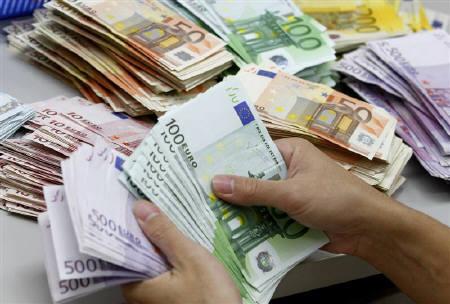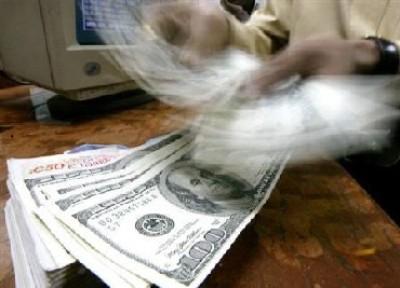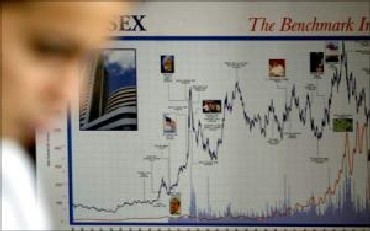N Sundaresha Subramanian
Every now and then, there is some analysis on Participatory note (P-note) flows, but one of the less-talked about FII number is the total assets under custody, writes N Sundaresha Subramanian
The amount of data and disclosure the market regulator seeks from foreign institutional investors has steadily been on the rise.
This has, in turn, increased the number of data points available on the website of the Securities and Exchange Board of India.
The quality has also improved.
For example, earlier, one used to have a composite net inflow/outflow figure for FII investments.
This often did not take into account variations in exchange rates leading to confusing signals.
. . .
Does the market like dirty money more?
Now, the site puts up the data alongside the daily exchange rates, helping one get a better sense of the number.
Though new data points are available for reasonably long periods of time, news and analysis have revolved around traditional headline number of inflows and outflows.
Every now and then, there is some analysis on Participatory note (P-note) flows, but one of the less-talked about FII number is the total assets under custody.
This number comes as part of the P-note disclosure and is used as the denominator to determine the percentage of FII assets held through P-notes.
This number is an aggregation of holding details reported by custodians/FIIs on a monthly basis.
. . .
Does the market like dirty money more?
Surprisingly, the AUC of the FIIs had hit an all-time high of Rs 12.19 lakh crore (Rs 12.19 trillion) as early as September 2012.
At that point, the Sensex was at 18,762, some 2,300 points below its all-time closing high.
The AUC continued to grow in October and November to hit a new record of Rs 12.89 lakh crore (Rs 12.89 trillion).
In comparison, in September 2010, a month before the Sensex hit the 21,000-points mark, AUC had hit a new high of Rs 11.24 lakh crore (Rs 11.24 trillion) before falling to Rs 9.17 lakh crore (Rs 9.17 trillion) levels in December 2011.
. . .
Does the market like dirty money more?
Similarly, in December 2007, AUC hit a record high of Rs 10.27 lakh crore (Rs 10.27 trillion).
Does this mean more money is going into non-Sensex stocks?
Is AUC a lead indicator of peaks and crashes?
If so, are we going to see one soon?
More validation needs to be done on this before I can hazard any investment advice.
Coming to dirty money, during calendar year 2007, the Sensex gained 45 per cent riding on Rs 71,486 crore (Rs 714.86 billion) in FII money.P-note holdings grew by a whopping Rs 2.45 lakh crore (Rs 2.45 trillion) or 120 per cent between January and October 2007 before falling on regulatory measures.
AUC went up 76 per cent.
. . .
Does the market like dirty money more?
The year 2007 was also the year in which Pluri, that infamous offshore vehicle that carried money of several Indian corporate groups, was active in the market.
It was also the year when a multi-crore transaction, alleged violations in which are sought to be settled by consent, was being executed.
In 2012, partly due to stringent disclosures, P-note custody inched up from Rs 1.51 lakh crore (Rs 1.51 trillion) to Rs 1.77 lakh crore (Rs 1.77 trillion), an increase of 17 per cent.
FIIs brought in Rs 1.03 lakh crore (Rs 1.03 trillion) or nearly 50 per cent more money than they brought in during 2007.
Though AUC hit an all-time high, it grew only 23.5 per cent and the Sensex moved only 3,805 points or 24 per cent.
Does a cleaner market respond slower to inflows than a dirty one?







article